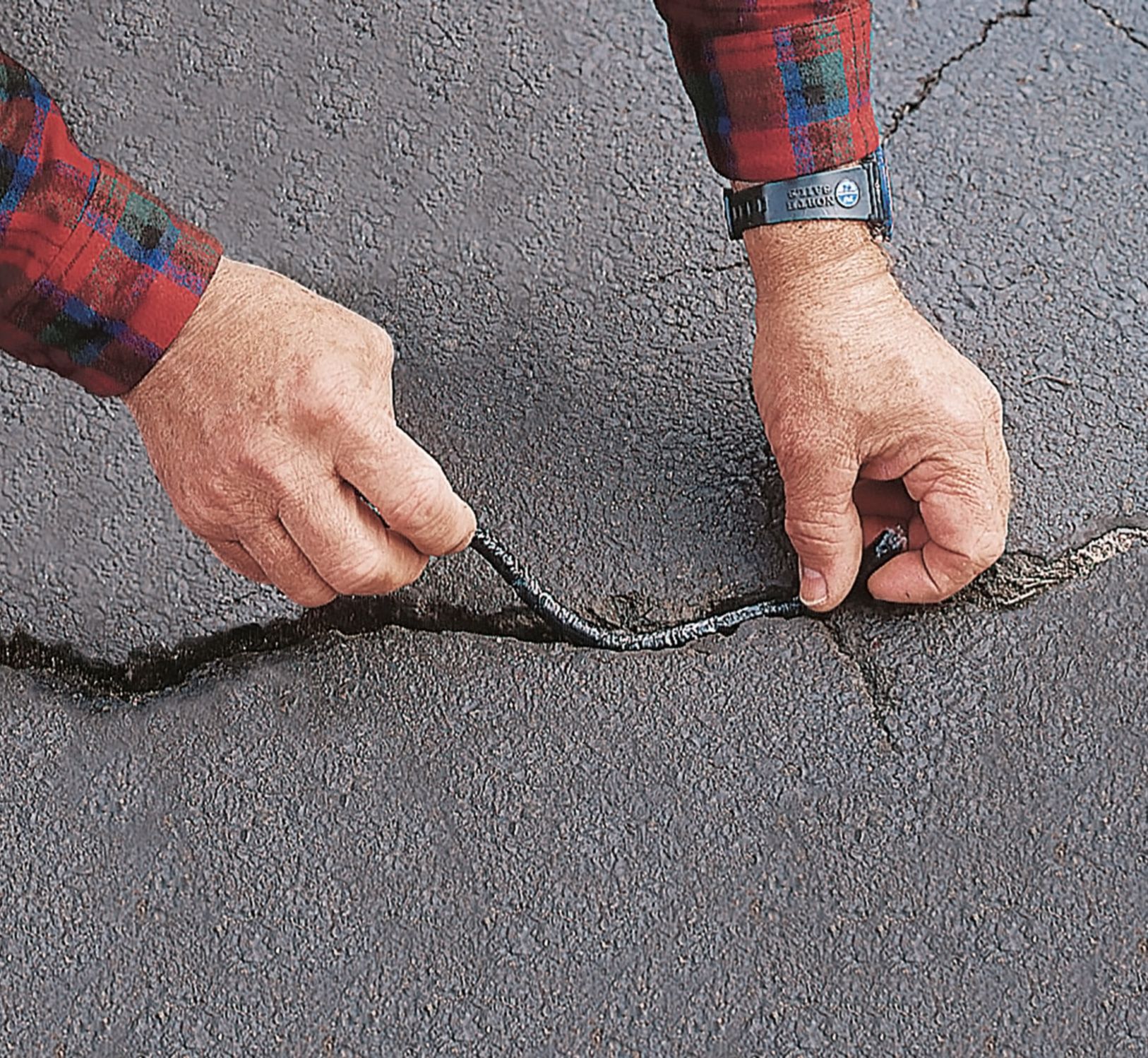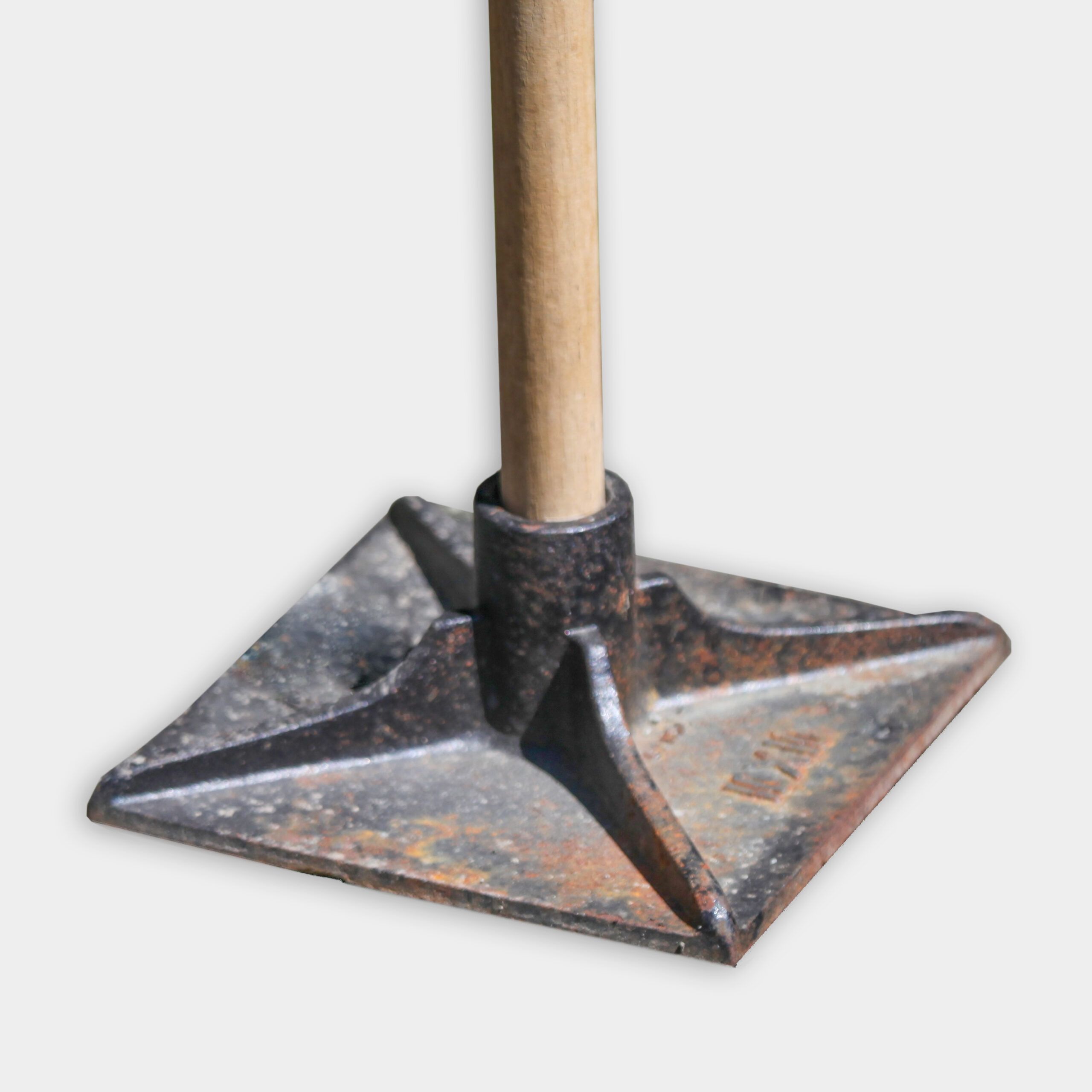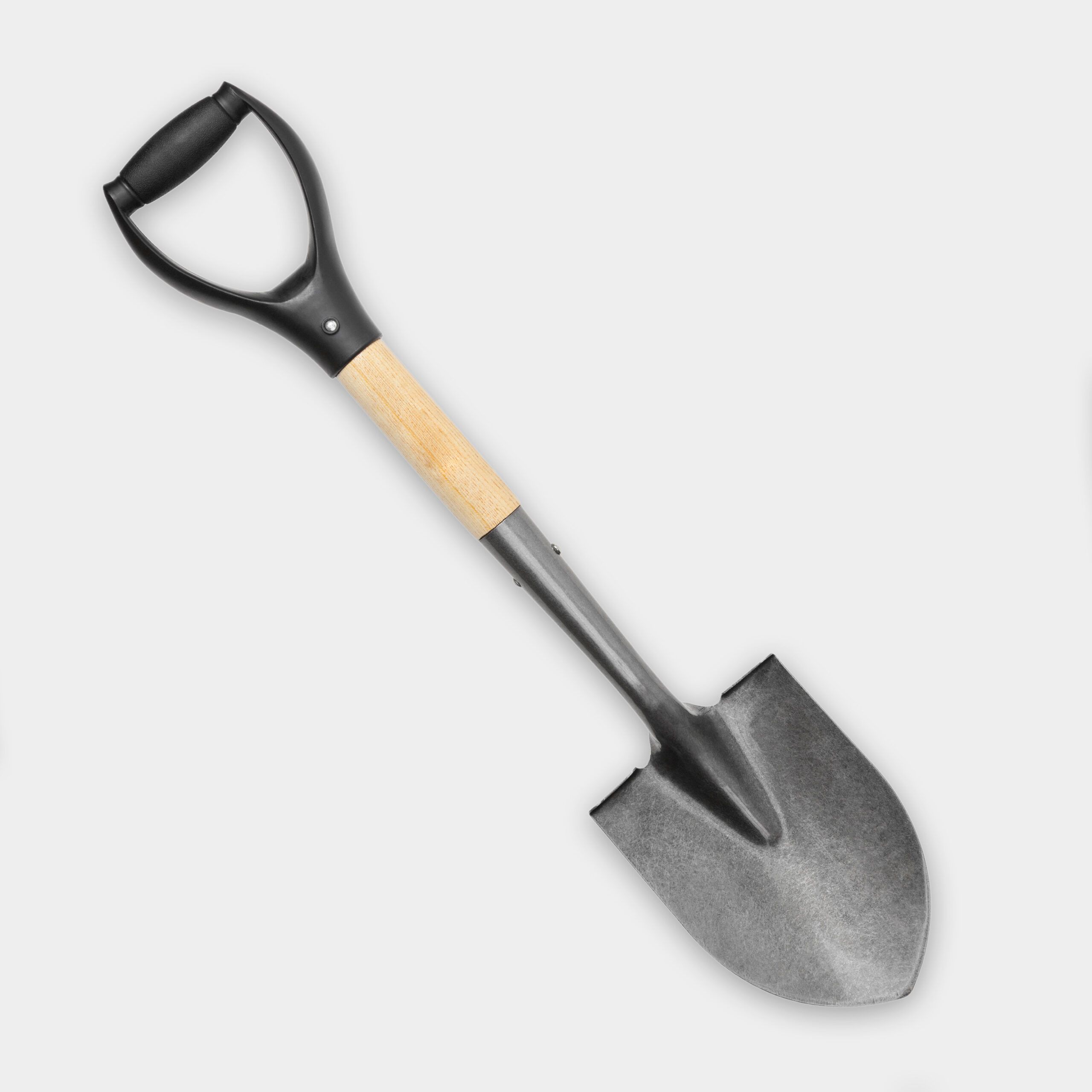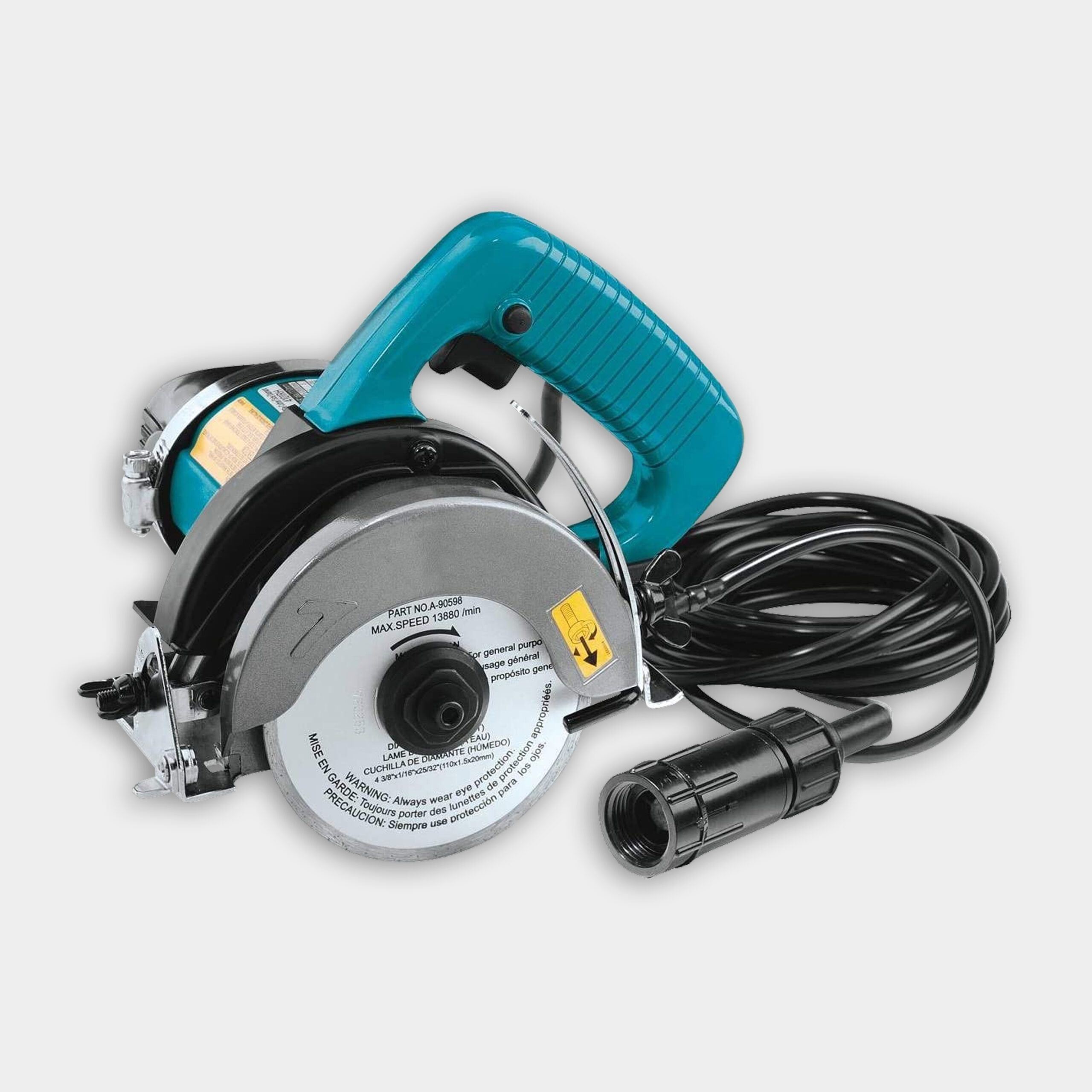We may be compensated if you purchase through links on our website. Our team is committed to delivering honest, objective, and independent reviews on home products and services.
Project details
Skill
Cost
Estimated Time
Potholes in your asphalt driveway can be more than just an eyesore—they’re a safety hazard and can lead to further damage if left unaddressed. Fortunately, repairing a pothole is a manageable DIY project that can save you money and extend the life of your driveway.
In this guide, we’ll show you how to address a pothole in your asphalt, from identifying the cause to applying the final touches. Plus, This Old House landscaping contractor, Roger Cook, demonstrates the repair process in the video above, showing you how to transform a dangerous dip into a smooth, safe surface.
*Cost information in this article is sourced from estimates used by HomeGuide.
Understanding Asphalt Potholes
Driveway potholes are often symptoms of underlying issues. Before you begin the repair, you must understand what’s making your asphalt crater.
Common Causes of Potholes
Any of the following factors can cause potholes:
- Decomposition of buried organic material
- Poor initial installation or subgrade preparation
- Settling of improperly compacted fill material
- Tree root growth beneath the surface
- Water infiltration and freeze-thaw cycles
Cook identifies two potential causes for the pothole he’s repairing: a rotted tree stump or large rocks used as base material with excessive space between them. Both scenarios can lead to settling and eventual pothole formation.
Identifying Potholes in Your Driveway
To spot potholes in your driveway, look for the following indicators:
- Cracking or crumbling around the edges of a depression
- Depressions or sunken areas in the asphalt surface
- Exposed aggregate or base material within a depression
- Standing water after rain, which can indicate low spots
Early identification and repair of potholes can prevent them from expanding and causing extensive damage to your driveway.
Preparing for Asphalt Pothole Repair
Gather the necessary tools and materials before you begin the repair process. Proper preparation will ensure a smoother, more efficient job.
Tools and Materials Needed
Here’s what you’ll need to repair an asphalt pothole:
- Hand tamper
- High-performance blacktop repair mix
- Hose
- Paver base or crushed stone
- Safety gear (gloves, safety glasses, dust mask)
- Shovel
- Wet/dry masonry saw with a diamond blade
Safety Precautions
When repairing a pothole, ensure proper ventilation when working with asphalt materials, keep children and pets away from the work area, use work gloves to protect your hands, and wear protective eyewear and a dust mask when cutting asphalt.
Step-By-Step Asphalt Pothole Repair Process
Here’s an overview of the six-step patching process:
- Excavate the damaged area
- Prepare the base
- Cut clean edges
- Apply the asphalt patch
- Compact the patch
- Allow for curing
Now, let’s go through each step in detail.
Step 1: Excavating the Damaged Area
Begin by removing loose material from the pothole. Here’s how:
- Use a shovel to dig out excess rock, dirt, and debris until you reach stable subsoil.
- Remove any rotted wood, metal, or other foreign objects that may have contributed to the pothole’s formation.
- Ensure the hole is clean and free of loose particles.
Step 2: Preparing the Base
Here’s how to add a solid base to ensure the longevity of your repair:
- Fill the hole with a paver base or crushed stone.
- Add material in 2- to 4-inch layers, compacting each layer with a hand tamper.
- Continue adding and compacting until you’re within 2 inches of the finished grade.
Step 3: Cutting Clean Edges
Cut clean edges to improve the bond strength between the patch and the existing asphalt by doing this:
- Use a wet saw with a diamond blade to cut straight edges around the pothole.
- Make cuts about 2 inches beyond the damaged area to ensure a stable perimeter.
- Remove any remaining loose material after cutting.
Step 4: Applying the Asphalt Patch

Now, it’s time to fill the hole with new asphalt. Follow these steps:
- Use a high-performance blacktop repair mix, which combines stone and asphalt binder.
- Fill the hole in 1.5-inch thick layers.
- Smooth out each layer with a shovel or trowel before compacting.
Step 5: Compacting the Patch
Proper compaction is key to a durable repair. Here’s how to do it:
- Use a hand tamper to compact each layer of asphalt.
- Continue adding and compacting layers until the patch is level with the surrounding driveway surface.
- Ensure the edges of the patch are well-sealed to the existing asphalt.
Step 6: Allowing for Curing
Now that you’ve completed the repair, you’ll need to let the patch cure for three to four weeks before driving over it. Avoid exposing the repaired area to heavy machinery and traffic during this time.
Once the patch has fully cured, we strongly recommend applying a high-quality asphalt sealant to the driveway. This step will help camouflage the repair patch and protect the surface.
Additional Asphalt Driveway Maintenance Tips
Maintaining your asphalt driveway can prevent future potholes and extend its lifespan.
Sealing Cracks
Address small cracks (between ½ inch and 1 inch wide) before they become potholes. First, clean the cracks of any debris and vegetation. Then, apply a meltable sealer just below the surface and use a propane torch to soften and bond it with the existing asphalt.
Regular Cleaning and Inspection
Maintain your driveway by regularly sweeping or blowing debris from the surface, inspecting it for new cracks or depressions—especially after winter weather—and removing oil stains promptly to prevent asphalt degradation.
Professional Sealcoating
We recommend hiring a contractor to apply sealcoating to your driveway every four to five years for a few reasons.
Sealcoating protects against water infiltration and UV damage and can help repairs blend in with the rest of the driveway. Professional application ensures even coverage and proper curing.
DIY Sealcoating
You can also apply sealcoat yourself to save on costs. Here’s how:
- Clean the driveway thoroughly, removing dirt and debris.
- Repair any cracks or depressions before sealing.
- Use a high-quality sealcoat product, paying attention to the manufacturer’s instructions.
- Use a sealer brush or squeegee to apply the sealcoat evenly. Work the sealer into the surface texture and cover the entire driveway.
- Allow the sealcoat to cure according to manufacturer recommendations before driving on it.
Dealing With Winter Damage
Winter can be hard on your driveway. To prevent or address winter-related damage, avoid using sharp tools when removing ice or snow that can chip the asphalt and use non-corrosive de-icers such as calcium magnesium acetate. Also, repair any cracks or chips that appear promptly.
Ensuring Proper Drainage
Proper drainage prevents water from pooling, which can cause potholes. Here are the best ways to ensure good driveway drainage:
- Ensure your driveway slopes slightly away from the foundation.
- Install a drainage system if your driveway consistently pools water.
- Regularly check for and clear blockages in gutters and downspouts.




